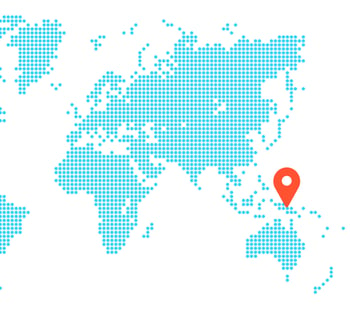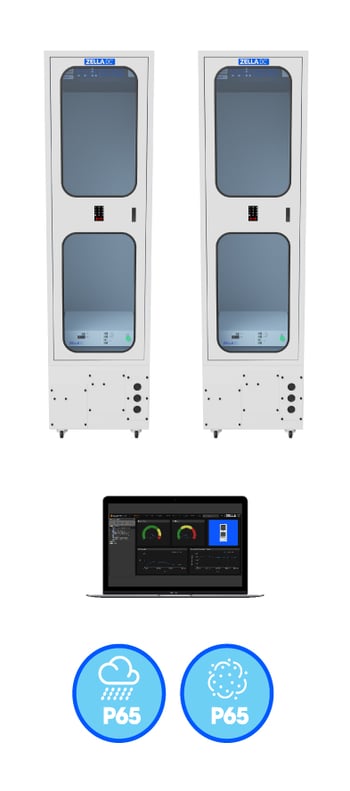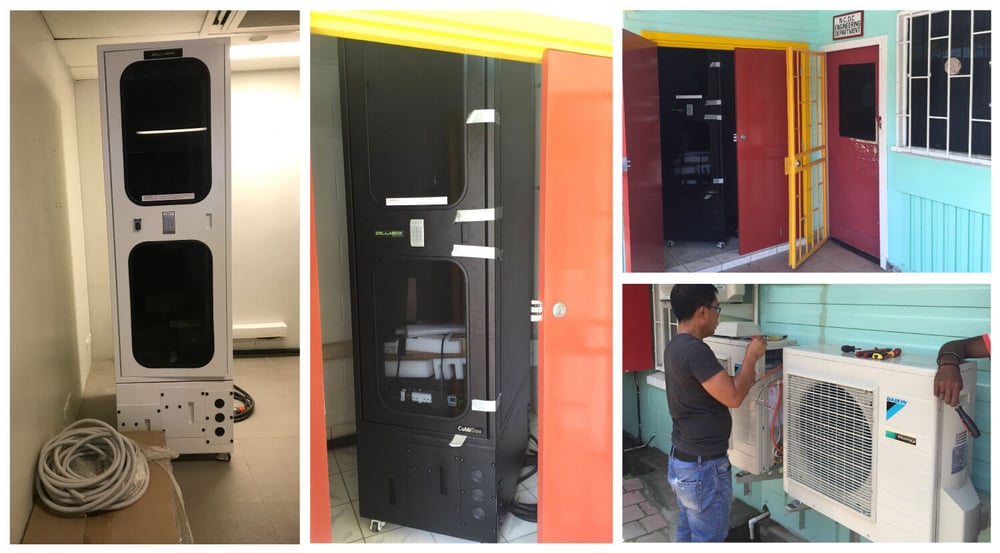Centre of Disease Control
Papua New Guinea
A reliable solution to increase uptime and reduce latency

Papua New Guinea (PNG) has the largest HIV epidemic in the Pacific Region.
Since 2007 the Centers for Disease Control and Prevention (CDC) and the World Health Organization (WHO) have partnered with the government of PNG to expand and enhance the national HIV/AIDS program.
CDC builds in-country capacity to design, implement, and evaluate HIV/ AIDS surveillance systems, and to improve national health information systems to collect, store, analyze, and use high-quality data essential to HIV prevention, care, and treatment.
With a focus on data-driven decision-making, CDC supports PNG’s National Department of Health (NDOH) in expanding the functionality and utility of the HIV Patient Database, the national HIV electronic health record system to improve patient care and to integrate HIV quality improvement (HIVQUAL) measures to improve the quality of care provided.
CDC, in collaboration with WHO, is working to improve the timeliness and accuracy of data collection and reporting by the National HIV Surveillance Program through technical expertise in health informatics to guide the development of the information systems utilized.

The Environment
This region is affected by an AIDS epidemic which the CDC is monitoring.
Data gathered on the spread of the virus is kept on the premises in Port Moresby and connected to a network of servers that gather and store information from its base in the US. The personal health records of patients and treatments must be kept highly secure.
The Challenge
The CDC in PNG was facing issues with connectivity, security, power outages and data processing on-site. Storing, processing, and analysing local data in a secure environment that could withstand the local power variances was critical. Some of the challenges:
- Limited IT trained staff on-site.
- Bandwidth and latency restrictions.
- Physical security.
- Unstable power therefore connection to generators was critical.
- Local critical data processing and storage limitations.
- Remote locations in harsh conditions.

The Outcome
The CDC installed two Zella Pro 38 to provided many benefits:- An intelligent, remotely monitored, and managed facility for local data storage and processing. The Zella Pro 38 can be monitored and managed remotely through Zella Sense, our Advanced Intelligence and Automation system.
- Local processing power improving the timeliness and accuracy of data collection and reporting.
- A physically secure facility small enough to fit anywhere and robust enough to go anywhere. The Zella Pro does not need a dedicated server room and can be placed in an office, meeting room or even reception area.
- Dual-cooling options with redundant cooling system, redundant power distribution units and redundant powers. The mining-certified switchboard connects to a redundant power source (external generator) efficiently.
- Access to a safe and stable environment for critical on-site data.
- A robust solution tough enough to withstand local environmental conditions. Our units, even the indoor ones, are IP65 rated so they are water proof, dust proof and UV resistant.

Download the CDC case study in PDF format
Ready to talk to somebody? Want to message us?
Did you know we offer Micro Data Centre as a Service?

